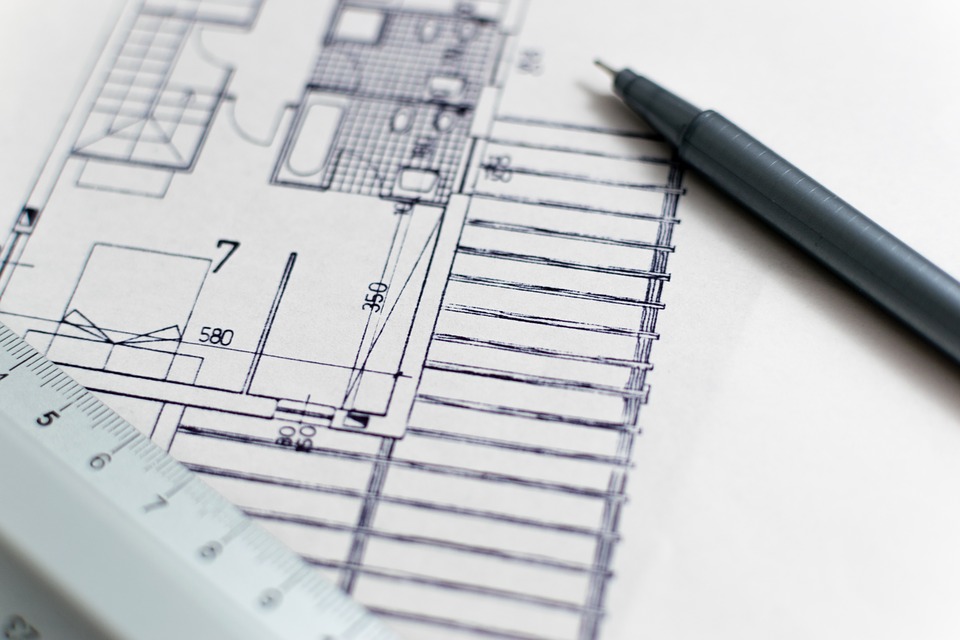Unfinished basements are not an uncommon thing to grow up with. Families usually turned these spaces into great storage areas, and while effective, it was hardly a sight to look forward to. Most of these unfinished basements are the stuff of nightmares; dark, creepy, musty, and sometimes, smelly.
Basements can become a much more functional (and livable) space in your home – if you’re willing to clock in the hours needed for finishing. There are many different things that a basement can transform into: a home theater, family room, office, or even a bedroom for your independent kid.
Whichever way you decide to remodel it, one thing is for sure. Unfinished basements are a wasted potential. By completing this project, you get at least five benefits. 1) You can finally make use of all that wasted space, 2) you can make your basement more energy-efficient, especially during colder seasons, 3) you can save more money in the long run as it doesn’t require the full cost associated with building a basement from scratch, 4) you can reduce the health risks and safety hazards related to an unfinished basement, and 5) you’ll probably raise your property’s value.
Generally, this basement project is known as basement finishing. It involves the process of insulating or adding drywalls to the existing concrete walls. However, we don’t want you getting caught off-guard in the process, so here are 10 things you didn’t know about basement finishing.
Hot air rises, cold air sinks
It’s one of those phrases that our elementary science teachers would say. It’s a basic principle that can go a long way when you start your finishing process.
Keep in mind that hot air rises, so basements inevitably get colder, and stay colder, than the rest of the house. If your budget allows it, install heating vents at floor level. Alternatively, you can also put in baseboard heating. Just make sure that it smoothly ties into your existing HVAC system to avoid complications.
Space heaters are also a viable option, though it is hardly a long-lasting or efficient solution to this problem. If unavoidable, always keep these heaters monitored and attended.
Keep it dry
Basements love moisture more than anything else, but we sure don’t want that. Above all else, keeping the location dry is the number one priority in basement finishing.
Check for water damage in the foundation, including cracks, pools, and drips. Be sure that the space doesn’t have any water damage, nor potential for future water issues. As much as possible, patch up all the cracks and crevices in your wall to prevent seepage.
However, if you think professionals can better handle this task in your Fort Collins home or wherever you may be located, you may consider looking for a company that specializes in basement finishing to do the work for you. They can inspect the foundation on your behalf and carry out some remedies to address water issues that could affect the quality of your Fort Collins basement finishing project.

Out with the cold
This might be a no-brainer, but don’t forget to insulate those walls! Especially if you plan to convert the basement into a bedroom or a frequently-visited space, insulation will massively help with temperature control. And with the right kind of insulation, this will also protect your basement from excessive moisture, plus potentially block out external noises.
Depending on the code regulations, you have plenty of options to choose from, including spray foams. Always check to see if you’re up to code to avoid future complications. If you are unsure about the regulation, just hire a professional company to do it for you, for example: https://prestigebasementfinishing.com/.
Say no to wooden floors
With all the fuss of wanting a perfect finished basement, some people tend to forget that the flooring is just as important as the rest of the room. It’s just a floor, people say. They think they can slap on any old flooring and be done with it.
Nope. Not all flooring material can be used in a space like the basement. All the moisture and dampness that naturally occurs in such a place makes it a bad spot to haphazardly decide on a feature as prominent as the whole floor.
Most concerning of all materials is wood. Wood floors do not do well in wet (or cold) situations. Not only will potential water damage stain the wooden materials, it will also likely warp with temperature changes.
Keep the HVAC space basic
Most places have their HVAC systems stowed in basements. It makes sense, but when finishing a basement, it may pose some issues.
You might be tempted to include your HVAC space in the finishing process, but don’t. Keep it as basic as possible. Do what you want to the remaining basement area, but keep your HVAC unit space untouched to avoid problems in the future.
Drop that ceiling
Dropped ceilings give you more leeway with regards to electrical and plumbing access. You can cover up the messy lines with removable tiles, but you’ll also have easy access for whenever the need arises.
If aesthetics is what gives you pause, then don’t worry. There are plenty of options that will easily suit your style, whether it be cute, classy, edgy, or all of the above.
Anticipate extra $$$
Most people have the budget all planned out. You have $ for this, and $$ for that. But very rarely do these plans work out to the T. Despite all the planning, unexpected expenses will pop up, and it’s best to be prepared for that.
“Expect the unexpected” is a popular motto for a reason. A lot of finishing projects are left half-done due to budgeting issues. Anticipating, and saving for, extra expenses during the process will save you a lot of headache.
Take small steps
Unfinished basements are almost always a blank canvas. After all the stored junk gets moved out, you’re left with an empty space. Lots of people go haywire and demand to have it all, but budget and space are finite resources here, so that’s not always possible.
What you need to do is plan a little at a time, only a little, especially if you’re DIY-ing. Visualizing the entirety can get overwhelming when you want everything, so taking tiny steps can help narrow it down to what you really want.
Fix up the basics (walls, ceilings, insulation), then move onto more interesting things. Do you want a bathroom, a TV, a fridge? Slowly work it out, then do it little by little to keep your head on straight throughout this ordeal.

Check for Radon
Surprise, you need to check for radiation! You didn’t expect this did you? Just like you wouldn’t expect Radon to be part of your home.
Radon is an odorless, radioactive gas that can sneak up on you through cracks and surfaces. Getting exposed to this is like getting hundreds of X-rays which can’t be good for anyone.
It is best to hire licensed professionals who knows how to detect and deal with it. Alternatively, you could test for it with charcoal-based collectors, then proceed to seal the cracks that may have let it in.
Get your papers in order
This should probably be on top, but not everyone needs this so…
Don’t forget to get permits for everything! Like I said, not everyone will need permits for basement finishing, but it doesn’t hurt to check. Non-major changes obviously won’t require paperwork, but major decisions like a change in wiring or tearing down part of a wall will definitely need permits.
This little tip is both for your physical and financial safety. You need inspectors to check whether tearing down a wall portion won’t bring the whole house down, or whether relocating lines won’t burn or flood the place down. Neglecting to acquire the appropriate permits for such circumstances will result in heavy fines, and of course, will delay the finishing.
Conclusion
With a considerable amount of money and some creative skills, the possibilities for transforming your basement into something useful are unlimited. All you have to do is figure out what you want and carry out a finishing project.
Thus, to help you get started with this project, keep the information mentioned above in mind to know everything about basement finishing. Making smarter decisions about your basement will allow it to be one of your house’s best features.






